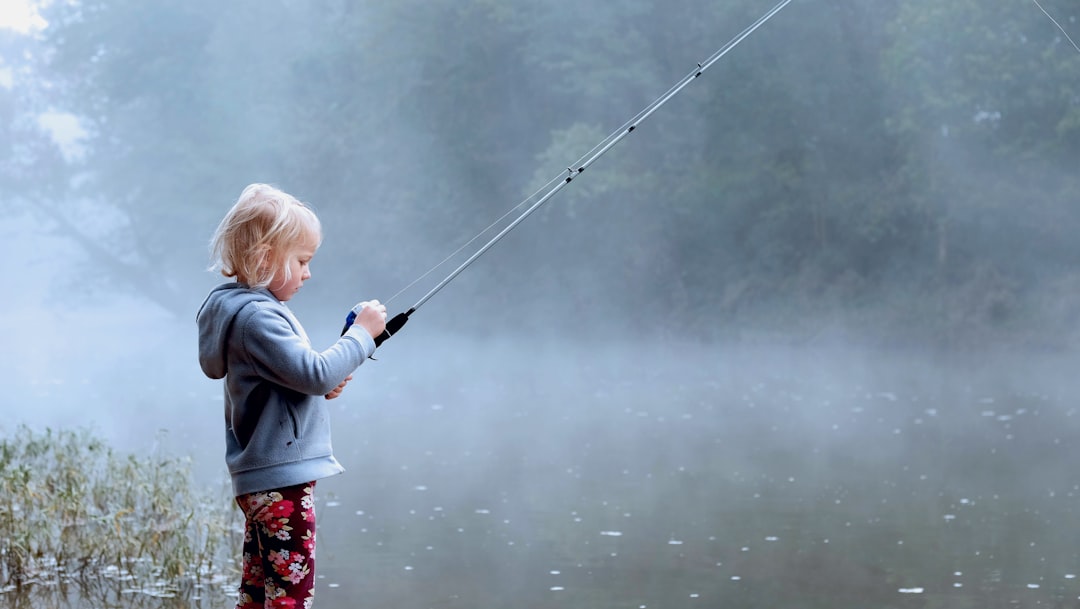Only Time Will Tell By JJ Heller, David Heller and Andy Gullahorn
There’s not enough paper in this world There’s not enough ink to write it down No melody is sweet enough No metaphor is deep enough To describe the treasure I have found
I keep trying to tell you how I feel But I always come up short How beautiful you are to me But there aren’t enough words I keep trying to write a love song But it’s hard to say it well Love is a story that only time will tell
It’s one thing to say “for better or worse” And another when you find out what that means So much happens over time Some dreams come true and some will die How do you describe that kind of thing
I keep trying to tell you how I feel But I always come up short How beautiful you are to me But there aren’t enough words I keep trying to write a love song But it’s hard to say it well Love is a story that only time will tell
I’ve searched libraries And dictionaries Studied poets Still all I know is
I keep trying to tell you how I feel But I always come up short How beautiful you are to me But there aren’t enough words I keep trying to write a love song But it’s hard to say it well Love is a story that only time will tell Love is a story that only time will tell
PRETTY POWERFUL, STUFFS, huh, but not quite as powerful as the LOVE that’s shown here. J J Heller, is an artist I’ve loved for a long time because the music that she and her husband, Dave create often create something in us, or at least shines a light on what’s been created and now needs some special noticing.
J J goes on to share, even more personally:
This video gets me every single time.
When we’re young we make vows imagining an easy and wonderful future. We say “for better or worse” even though we don’t know what lies ahead. We promise to be faithful, supportive and true no matter what.
Making these promises is indeed an act of love, but living out this love in hospitals, worse-case diagnoses and late-night bouts with pain.. that’s a love on another level. A deeper, expanded love.
With that said, this beautiful video is dedicated to those fighting through intense physical challenges, and to those who love them fiercely and relentlessly.
A huge thank you to this brave couple who has allowed us to share part of their story with the world in hopes it will bring healing and encouragement.
And another giant thank you to Joy Prouty for capturing this sacred footage, both of their labor and delivery several years ago, and also of the recovery from a double mastectomy mere weeks ago.
And thanks to Dave Heller and Andy Gullahorn for writing this beautiful song with me.
Love is a story that only time will tell. 🧡
Just one Question:
WHAT
OF
YOUR
L O V E. . . ?









 Bits of grit
Bits of grit OUR STRENGTH
OUR STRENGTH






